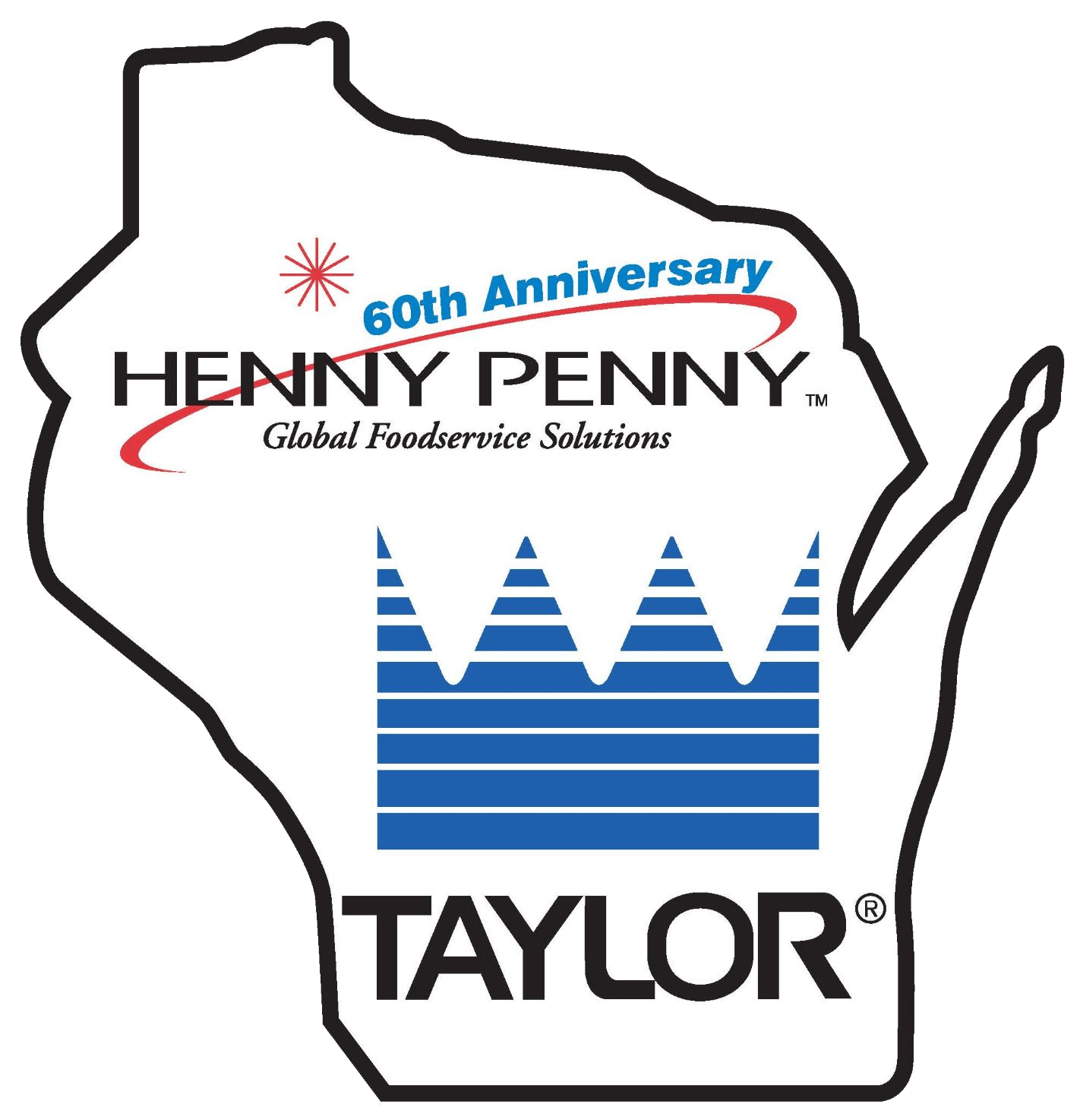The first thing to know when buying a commercial chicken fryer is that chicken is a customer favorite. According to the National Chicken Council, Americans consume more than 98 pounds per capita in 2019. Customers actually consume more chicken than beef every year, which is why restaurant and commercial managers should make producing the best chicken a top priority. Producing this customer favorite comes with a few “need to knows” that every restaurant and food service owner and manager should understand before purchasing a commercial chicken fryer.
Pressure fryers produce better chicken (and cost less to operate).
Henny Penny pressure fryers consistently produce more flavorful chicken. In a pressure fryer, a pressurized bubble forms around chicken, trapping in flavor, nutrients, and natural juices. There is virtually no flavor transfer, and chicken is produced faster in a pressure fryer versus an open fryer. The frying process decreases wait times while producing a thoroughly cooked chicken.
In addition to producing flavorful chicken, pressure fryers typically cost less to operate. These fryers have a higher up-front cost, though the long-term energy savings often offset the purchase cost. (Contact a commercial equipment professional for information about energy consumption.) Pressure fryers cook chicken at a lower temperature than an open fryer, requiring less energy over the life of the fryer.
Open fryers make good chicken too.
If a pressure fryer is not an option, commercial open fryers produce delicious chicken as well. There are many different commercial open fryers. Henny Penny open fryers are made for high volume operations, and can fit in almost any kitchen layout. These high-quality fryers come with varying amount of vats so food service operations can produce the right amount of product during peak serving times.
Perfect Fry produces smaller countertop fryers suitable for kitchens with a smaller footprint. These units do not require a hood, reducing installation costs and increasing the mobility of the commercial fryer. These versatile commercial fryers are capable of producing multiple menu items, including fried chicken.
When purchasing a commercial chicken fryer, operators and managers should look for fryers with programmable presets. These presets ensure a consistently delicious product and reduces the amount of training and labor. Operators should look for units with enough storage space to add future presets to accommodate menu changes. Henny Penny fryers also come with built-in oil filtration systems that extend oil life and decrease the amount of maintenance time.
Clean oil is an essential part of producing good chicken.
Fryer oil is a factor during the buying process and also during daily operations. Clean fryer oil produces better chicken and extends the life of fryer oil. To accomplish both goals, fryers should be covered when not in use. This step prevents debris from falling into the vats and decreases energy usage.
Oil starts to break down when cooking temperatures top 360 degrees. This is another reason pressure fryer oil lasts longer because pressure fryers cook proteins at lower temperatures. When oil breaks down, it should be filtered promptly to ensure a quality, consistent product. Oil life can also be extended by maintaining a consistent level and avoiding overfilling vats. A commercial equipment professional can provide more information on maintaining oil quality and extending oil life.
It’s important to keep chicken fresh and at a correct temperature before sale.
For some operations, serving quality chicken stops at frying because the product is immediately served. Other commercial operations require a heated merchandiser that keeps chicken at an optimal temperature that keeps food safe and flavorful. Because rotisserie chicken is so popular, some heated merchandisers are designed specifically for chicken storage. These units ensure chicken look good—and taste good—to spur plenty of chicken sales.
